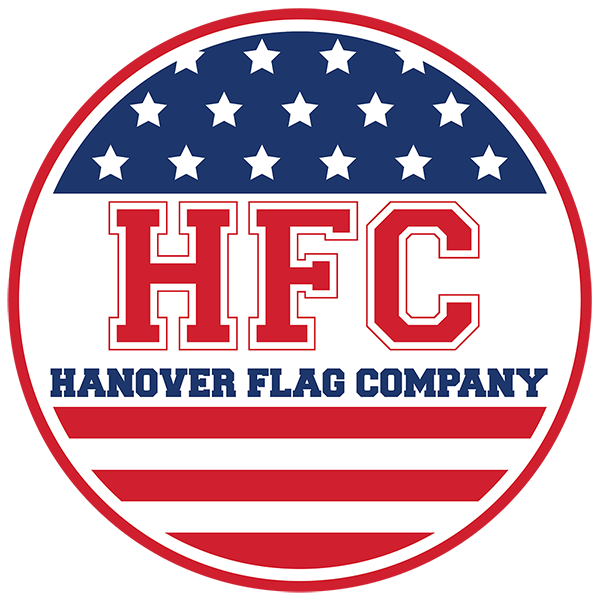Maryland
The Maryland colony was founded by Cecil Calvert, 2nd Lord Baltimore, hence the use of his family’s coat of arms in the flag. Initially, only the gold and black design was associated with Maryland. The red and white Crossland design gained popularity during the American Civil War, in which Maryland remained with the Union despite a lot of popular support for the Confederacy. Those Marylanders who supported secession (many of whom fought in the Army of Northern Virginia) were reluctant to use (and to fight under) the banner which was associated with a state which, grudgingly or not, remained with the Union and so they adopted the Crossland banner, which had the benefit of being red and white (which were seen as “secession colors”). After the war, Marylanders who had fought on both sides of the conflict returned to their state in need of reconciliation. The present design, which incorporated both symbols, began appearing. It was flown October 11, 1880, in Baltimore, Maryland at a parade marking the 150th anniversary of the founding of Baltimore. It also was flown October 25, 1888, at the Gettysburg Battlefield for ceremonies dedicating monuments to Maryland regiments of the Army of the Potomac. Officially, it was adopted as the State flag in 1904 (Chapter 48, Acts of 1904, effective March 9, 1904). In 1945, the legislature made a gold cross bottony the official ornament for a flagstaff carrying the Maryland flag.
Showing all 2 results
-

SFI-203-MARYLAND Maryland 3′ x 5′ Indoor Flag
$92.36 Add to cart -

SFI-204-MARYLAND Maryland 4′ x 6′ Indoor Flag
$129.76 Add to cart
Showing all 2 results

